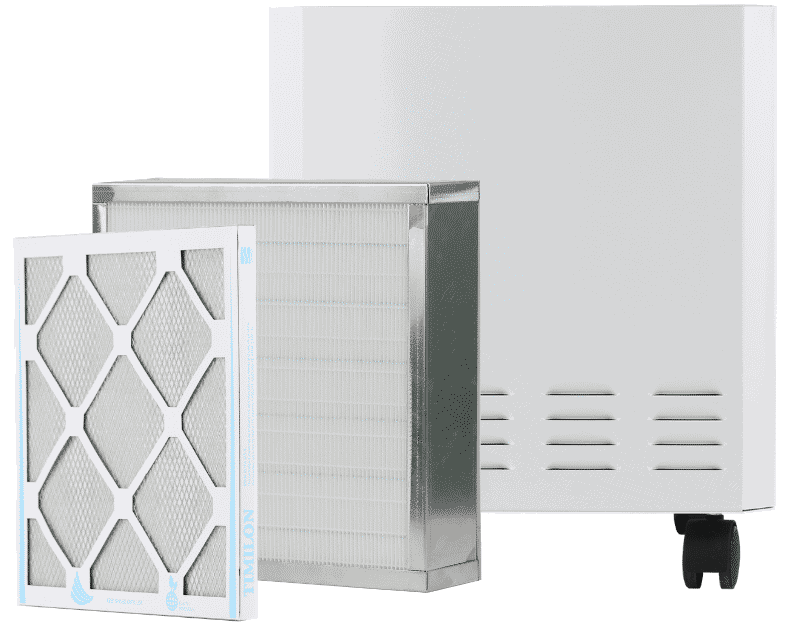Every season we are struck again with horrifying blazes of fires and smoke that are produced into the air from yet another devastating wildfire. Those who live in the north-western region of the United States are all too familiar with the wildfire seasons that plague this area during the dry, summer months. These wildfires will produce large plumes of smoke into the air that can spread quickly and rapidly throughout the air, entering into any and all areas within the reach of the smoke.
Wildfire smoke is a combination of particles from burning vegetation, along with building materials mixed with gases. When this smoke matter enters into the air space and becomes exposed to the public, it can drastically impact the quality of this air that they are exposed to and breathing in when in the environment.
What happens when wildfire smoke is inhaled into the body and what are the best treatment methods to implement after breathing in the pollutants from wildfires?
How Much Smoke Inhalation is Dangerous?
When it comes to exposure to wildfire smoke, is there a certain level of smoke inhalation that is considered a dangerous level to human health? The reality is that any type of inhalation of smoke can be a possible risk to human health, whether it creates respiratory problems, lung problems, or even heart problems in an individual. During times where the smoke levels are high, and air quality is significantly compromised, the government officials will issue warnings to the public stating the need for individuals to remain inside and avoid the outside air that is filled with dangerous smoke plumes.
Wildfire Smoke Inhalation Symptoms
Exposure to wildfire smoke can make anyone sick, even those who are healthy without any pre-existing conditions or health problems. Breathing in wildfire smoke can have almost immediate health effects that can range from the following symptoms:
- Coughing
- Chest Pain
- Trouble Breathing
- Wheezing/ Shortness of Breath
- Headaches
- Irritated Eyes
- Runny Nose
- Fatigue
- Asthma Attack
- Irritated Sinuses
- And Fast, Irregular Heartbeat
How to Prevent Smoke Inhalation
Wildfire smoke can spread far and wide, leaving no area in the surrounding environment untouched – including homes! The risks of inhaling the smoke of wildfires is highly probable when you are near the affected wildfire area, both in your outdoor and indoor air spaces.
Below we are going to discuss the main methods to use and deploy to prevent smoke inhalation inside your home.
- Close Doors & Windows: Open spaces in a home will allow for the intrusion of wildfire smoke into the environment. Be sure to close all doors and windows to ensure that you minimize the amount of wildfire smoke that enters into the indoor environment.
- Wear Protective Face Masks: Dangerous particulate matter that is found in wildfire smoke can easily enter into the human body through ingestion and inhalation. Protecting yourself from this fine particulate matter can be easily done through the use of a protective face mask that will shield yourself from these dangerous particulates.
- Use a High-Quality Air Filter: An air conditioning system inside of a home contains an air filter that works to capture particulate matter that is found in the air. The quality of the air filter will be very important in how effective it will be to capture and remove smoke pollutants from wildfire smoke.
- Air Purifier for Wildfire Smoke: One of the most beneficial devices to have inside your home to prevent smoke inhalation is an air purifier that can remove pollutants that are created from wildfire smoke. The EnviroKlenz Air Purifier is an effective air purifier that works against a variety of compounds present in wildfire smoke. The patented earth mineral technology will neutralize and/or break down these compounds found in wildfire smoke, and drastically improving the air quality that was compromised by the smoke.
Frequently Asked Questions – How to Keep Wildfire Smoke Out of House









